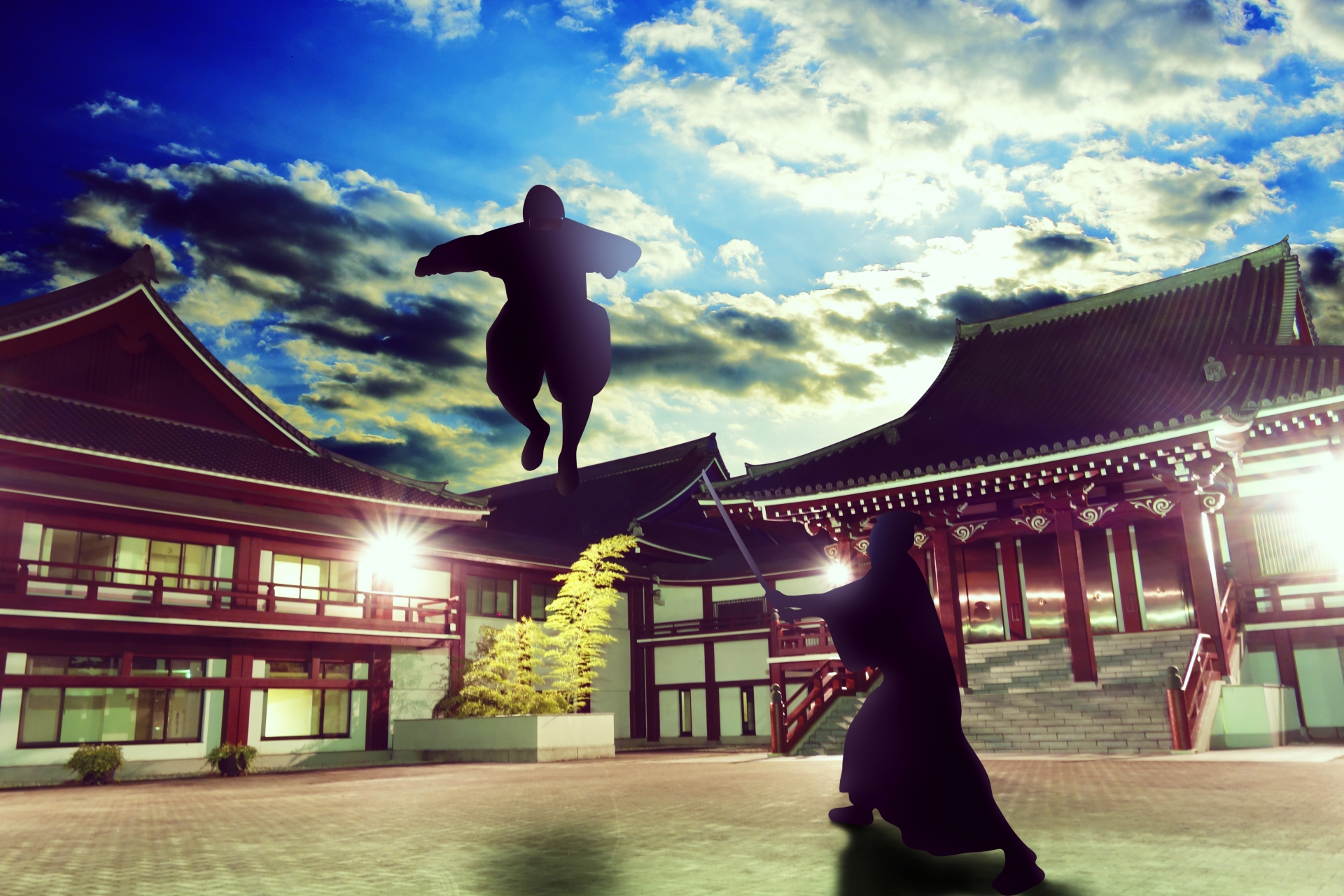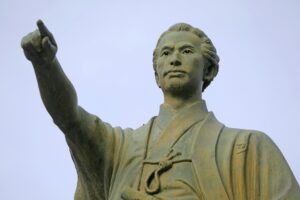The mystique surrounding ninja and shinobi has fascinated people for centuries. From shadowy figures in Japanese history to iconic characters in today’s media, their legacy continues to captivate audiences worldwide. This article delves into the origins, roles, and cultural impact of these enigmatic figures.
Understanding Ninjas and Shinobi: Definitions and Origins
The terms “ninja” and “shinobi” are often used interchangeably, but they have distinct origins and connotations. The word “ninja” (忍者) is derived from two kanji characters: “nin” (忍), meaning endurance or concealment, and “ja” (者), meaning person. Meanwhile, “shinobi” (忍び), an older term, emphasizes stealth and cunning. Both terms describe covert agents in feudal Japan, but “shinobi” is considered more traditional, often used in historical texts and by the Japanese themselves.
Ninjas and shinobi emerged during the Sengoku period (1467–1615), a time of political upheaval and constant warfare in Japan. Unlike the samurai, who were bound by a strict code of honor, ninjas were mercenaries specializing in espionage, sabotage, guerrilla warfare, and assassinations. Their methods, often seen as dishonorable by samurai standards, were essential for survival in a land rife with conflict. The comparison between ninjas and samurai highlights their differing roles: while samurai represented the ideals of loyalty and bravery, ninjas embodied adaptability and resourcefulness, using any means necessary to achieve their objectives.
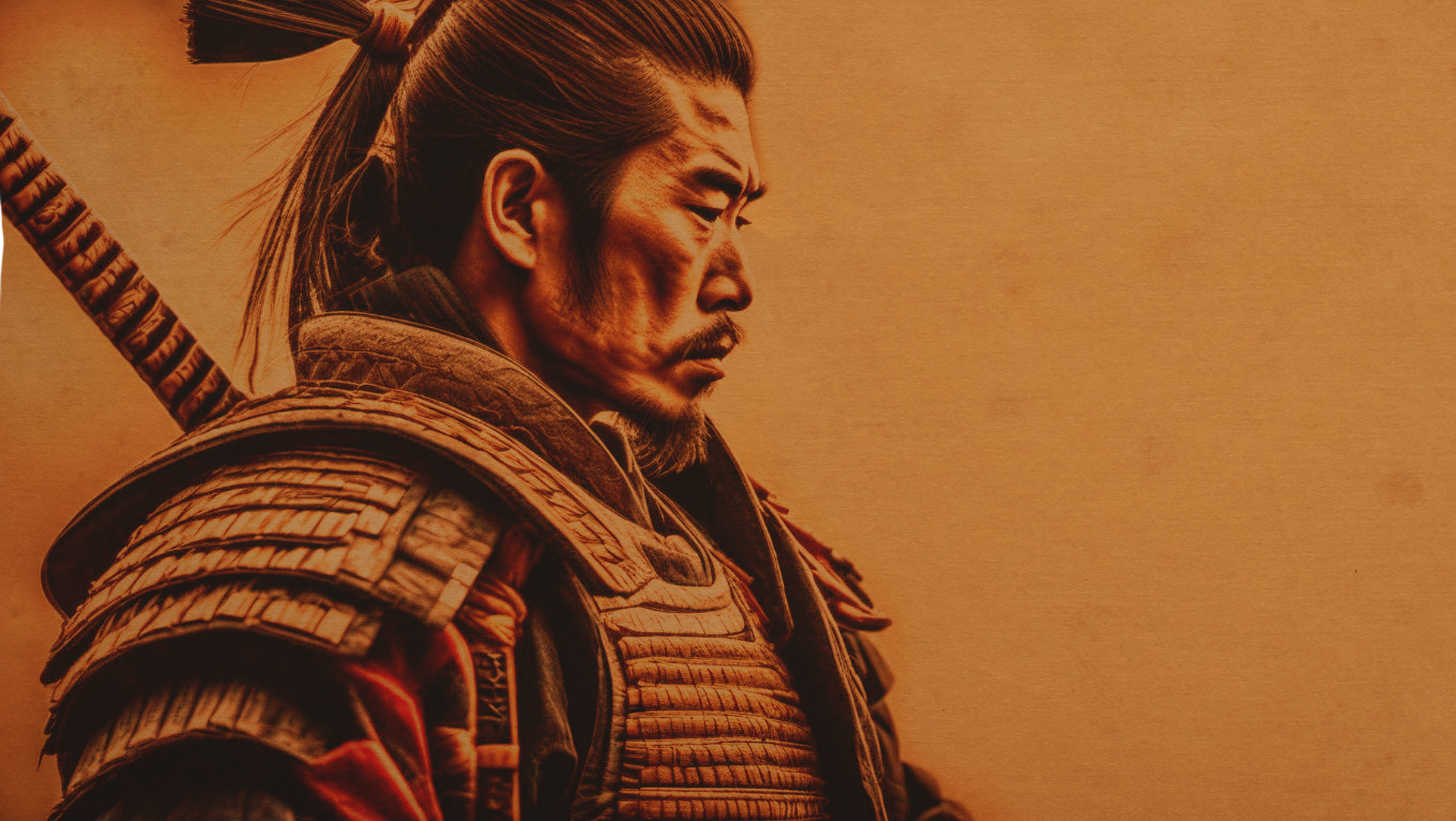
Roles and Techniques: The Skills of the Shadow Warriors
Ninjas were trained from a young age in a variety of disciplines, collectively known as ninjutsu. This martial art encompassed skills such as stealth, camouflage, escape, evasion, and unarmed combat. Ninjas were also adept in the use of various weapons, including shuriken (throwing stars), kunai (dagger-like tools), and blowguns. Their training emphasized adaptability, allowing them to blend into any environment and use their surroundings to their advantage.

One of the most critical roles of ninjas was espionage. They gathered intelligence, often disguising themselves as farmers, merchants, or monks to infiltrate enemy territories. Their ability to move unseen and unheard made them invaluable as spies. In addition to espionage, ninjas were skilled in psychological warfare, using fear and deception to demoralize their enemies. This included creating and spreading rumors, leaving misleading evidence, and employing scare tactics to sow confusion and fear.
The Kunoichi: Female Ninjas in History
The kunoichi, or female ninja, played a crucial yet often overlooked role in ninja history. Trained in the same arts as their male counterparts, kunoichi were particularly skilled in the art of disguise, often posing as courtesans, servants, or geishas to get close to their targets. Their roles extended beyond mere espionage; they were also employed for assassinations and sabotage. Notable figures include Mochizuki Chiyome, who is said to have trained an entire network of kunoichi, turning them into one of the most effective espionage groups of the time.
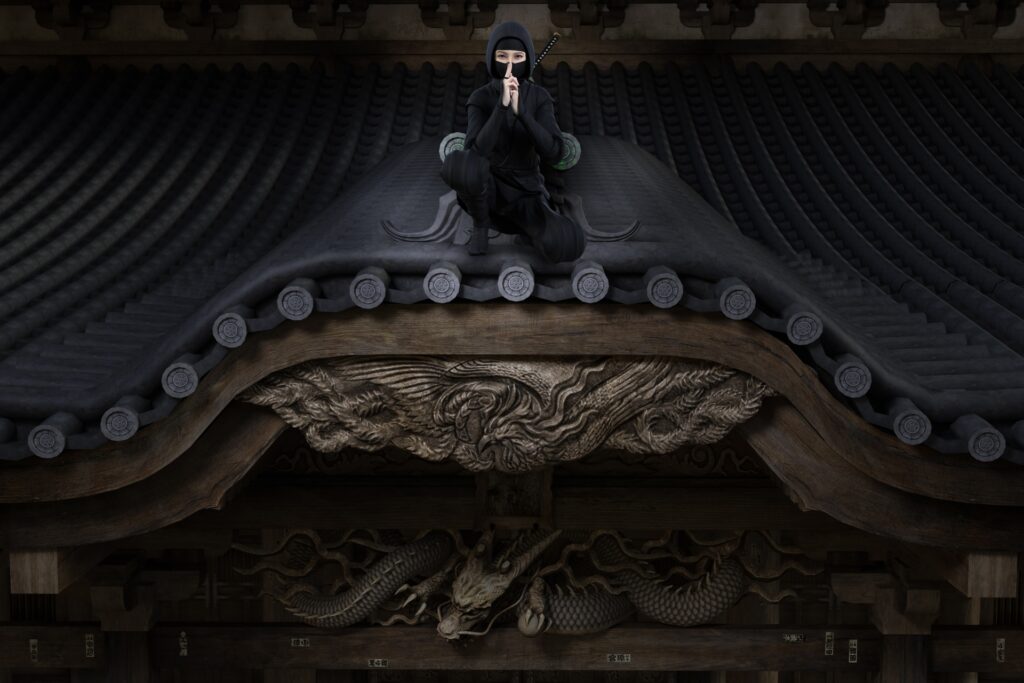
The existence and role of kunoichi challenge the male-dominated narrative of ninja history, highlighting the versatility and inclusiveness of ninjutsu. Their stories, though less documented, reveal a complex layer of ninja operations that relied on subtlety, charm, and intellect as much as on physical prowess.
Ninjas and Shinobi in Modern Media
In contemporary media, ninjas and shinobi have become iconic figures, especially within anime, manga, and video games. Series like Naruto have popularized the concept of shinobi, depicting them with superhuman abilities and complex moral codes. While these portrayals often take artistic liberties, they are rooted in the real-life skills and techniques of historical ninjas.
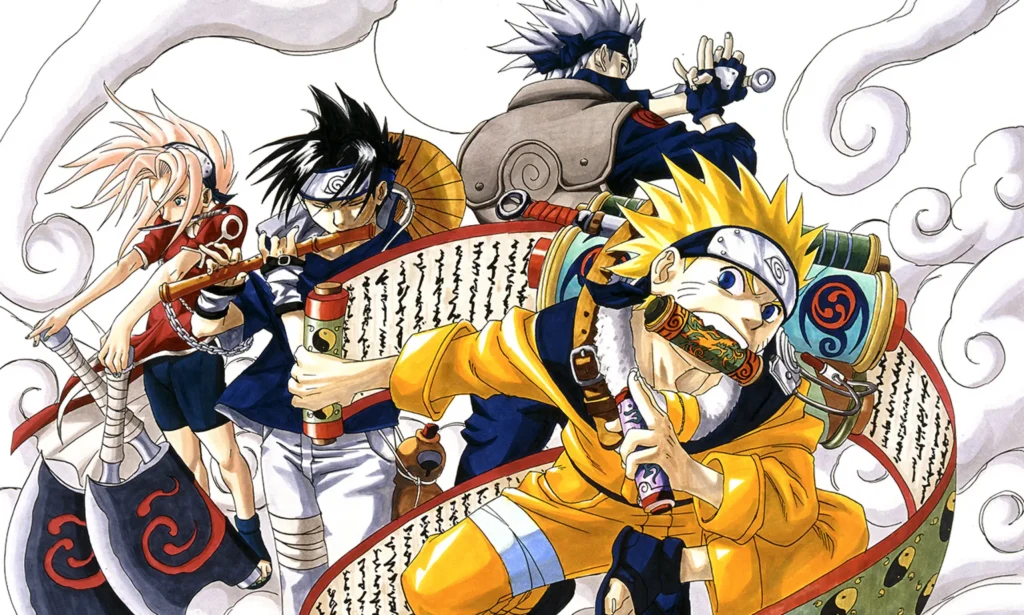
Video games, such as the Ninja Gaiden and Shinobi series, further cement the image of the ninja as a master of stealth and combat. These games often blend historical elements with fantasy, creating a narrative that resonates with modern audiences. However, it’s important to recognize that these portrayals, while entertaining, are often far removed from the historical realities of ninjas and shinobi, who were more about pragmatism and survival than heroism and glory.
The Legacy of Ninja and Shinobi: Influence on Modern Martial Arts
The legacy of ninjas and shinobi continues to influence modern martial arts, particularly in the form of ninjutsu schools. These schools, such as the Bujinkan and Genbukan, teach traditional techniques while also adapting them to contemporary self-defense needs. The philosophy of ninjutsu emphasizes adaptability, mental discipline, and the use of one’s environment, principles that remain relevant today.

Modern practitioners of ninjutsu often study historical texts and engage in rigorous physical and mental training, aiming to preserve the essence of the ninja’s craft. The enduring appeal of ninjutsu lies in its holistic approach, which integrates physical skills with psychological tactics, making it a martial art that is as much about the mind as it is about the body.
Conclusion: The Enduring Fascination with Ninja and Shinobi
Ninjas and shinobi continue to captivate the global imagination because they represent a blend of mystery, skill, and cultural significance. Their ability to adapt and survive in a hostile world, their unique set of skills, and their portrayal in modern media all contribute to their enduring legacy. Whether as historical figures or as cultural icons, ninjas and shinobi embody a spirit of resilience and ingenuity that continues to inspire and intrigue people worldwide.

